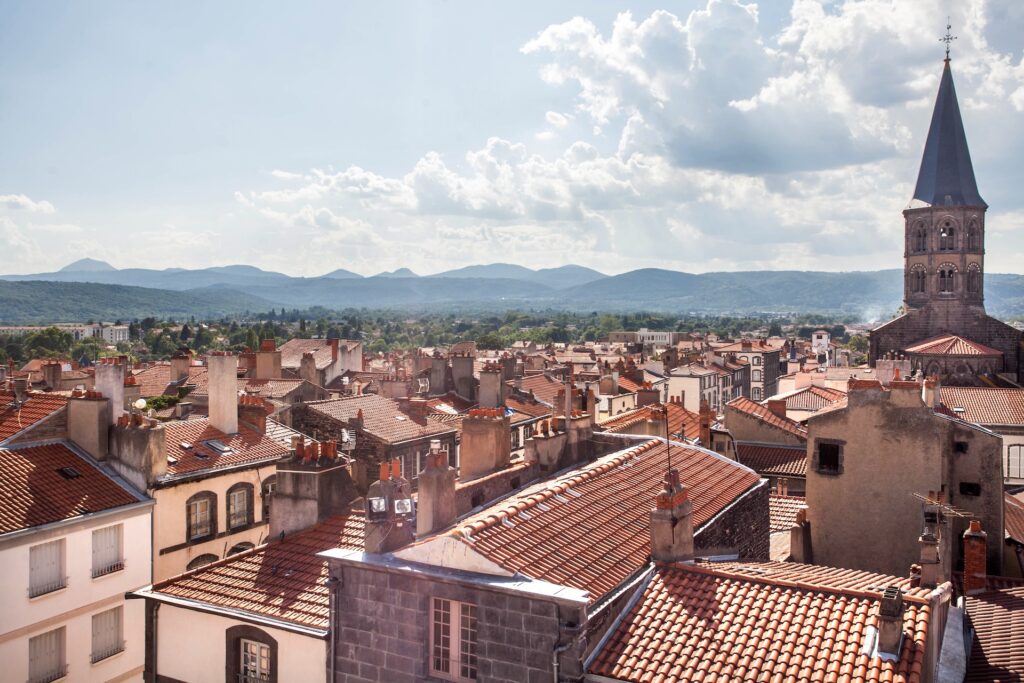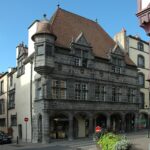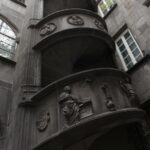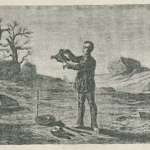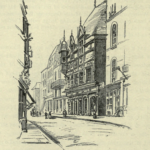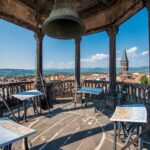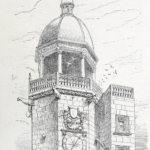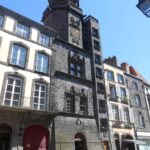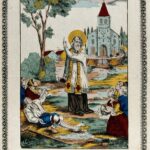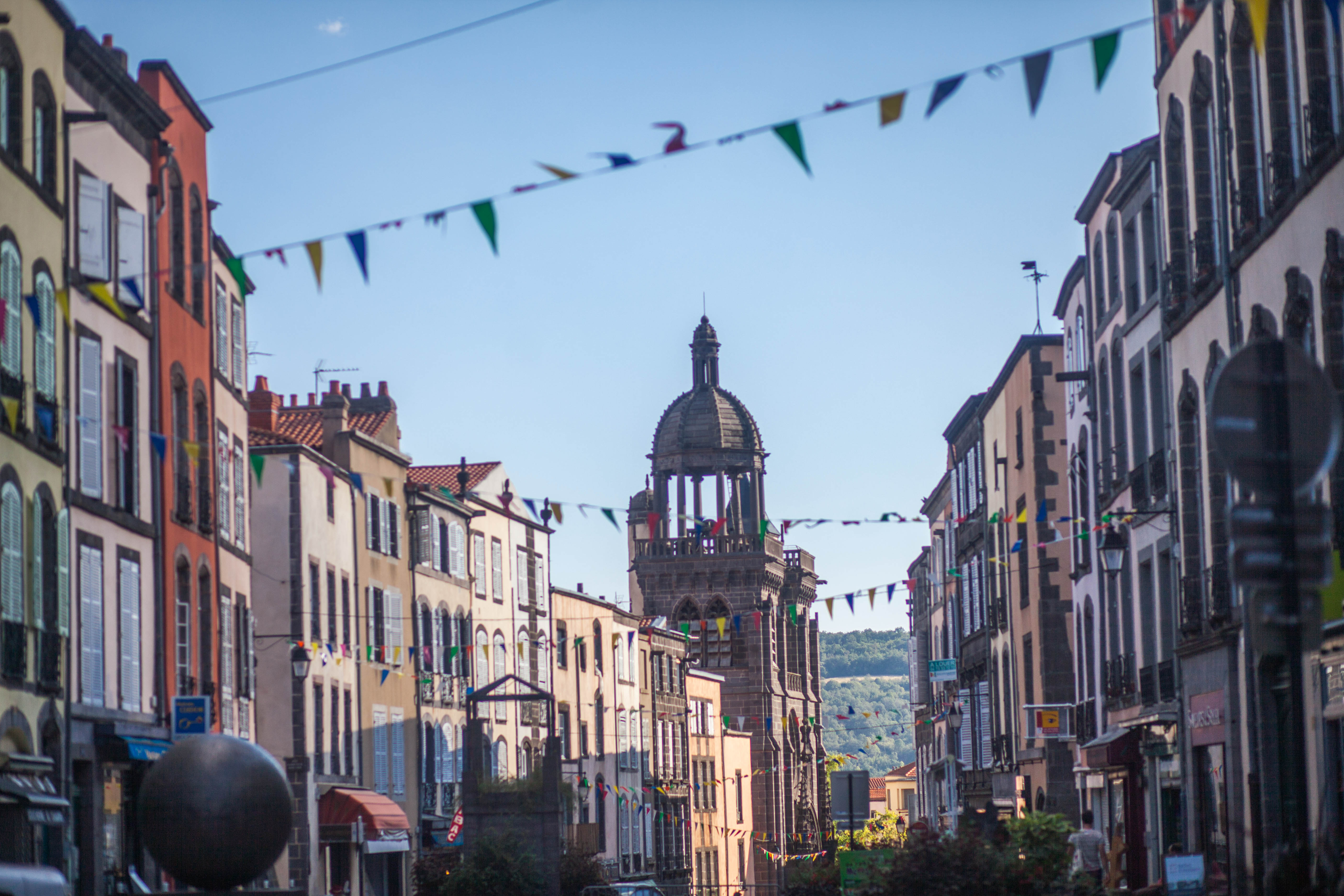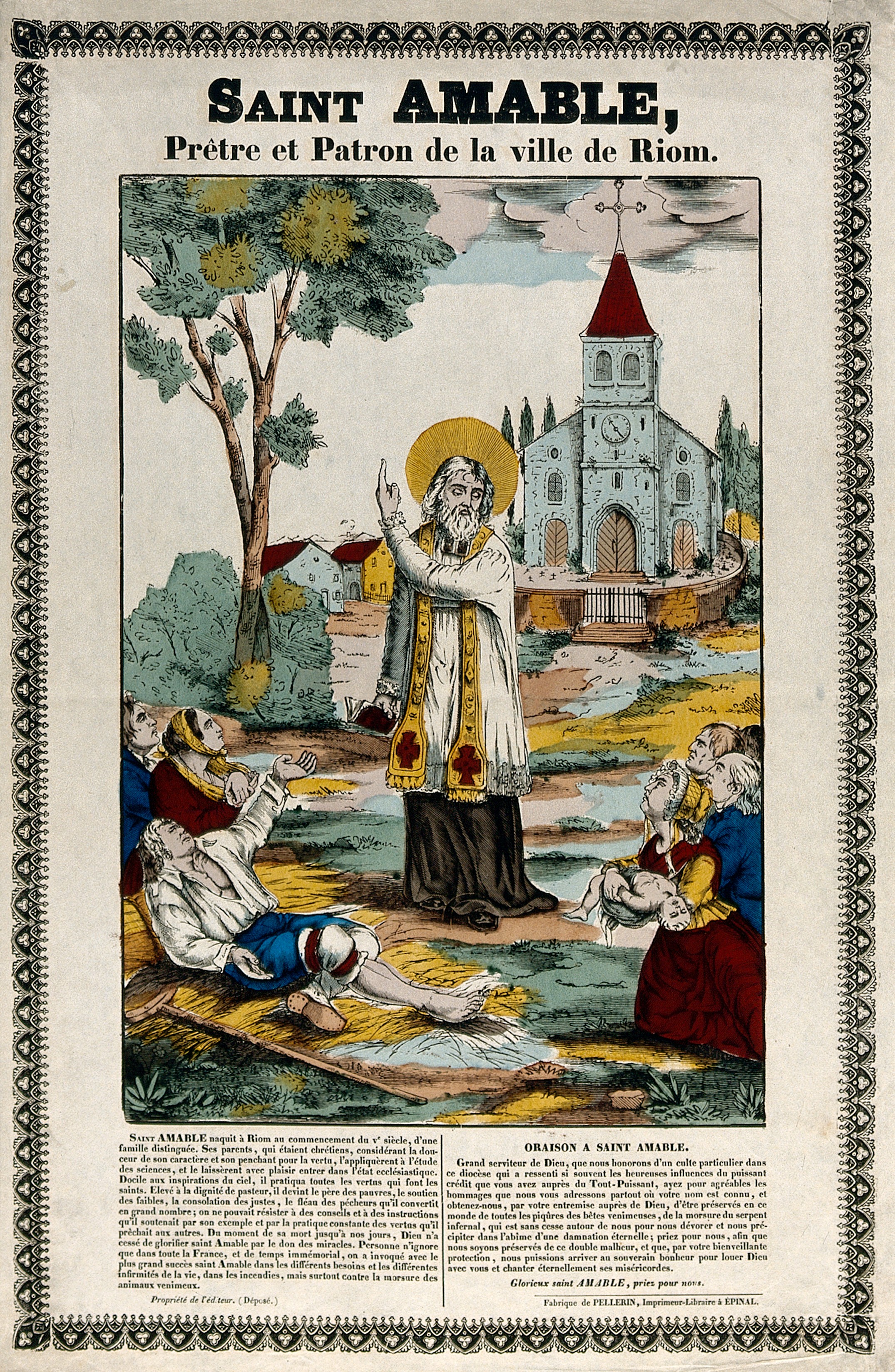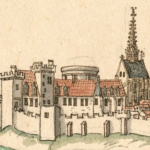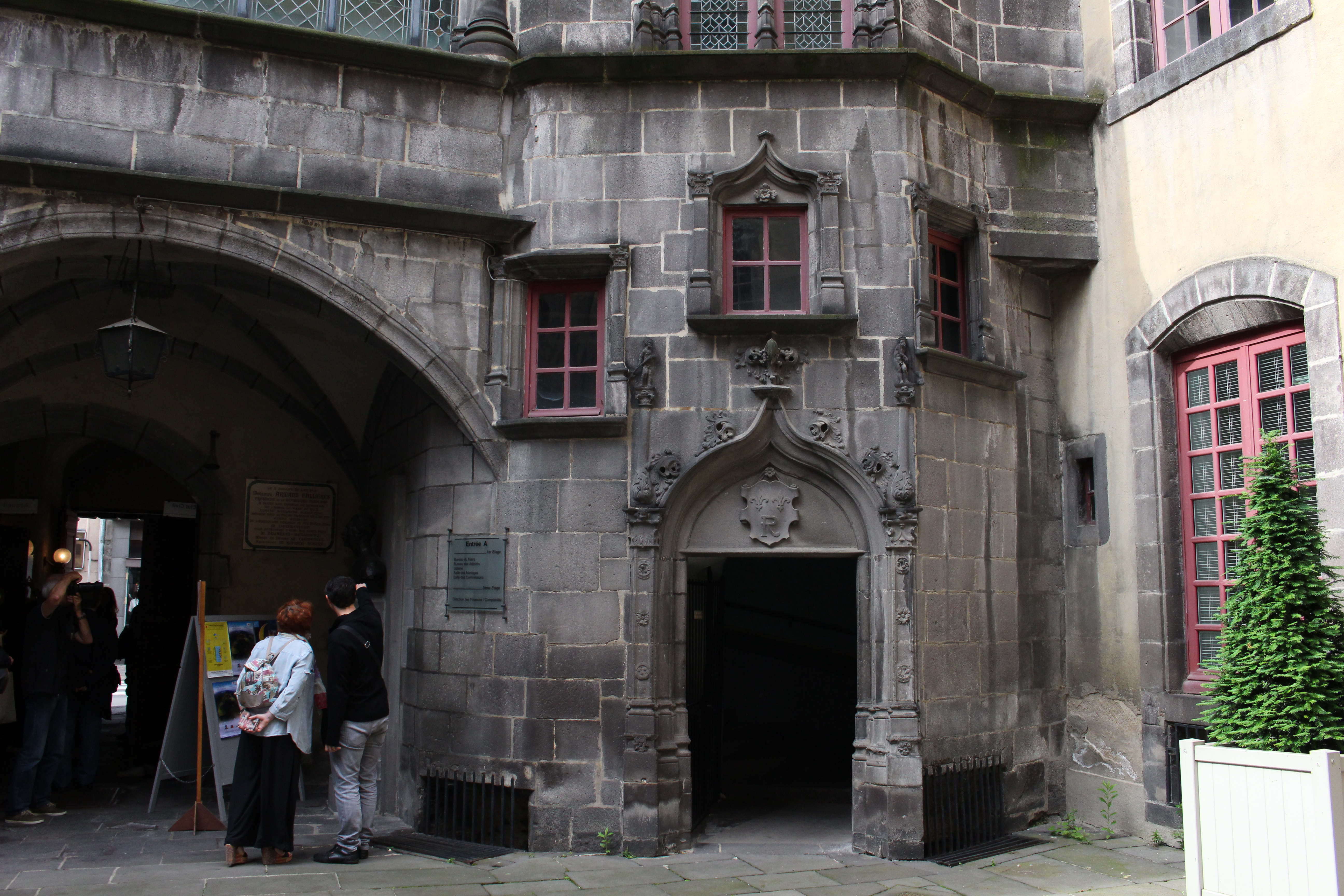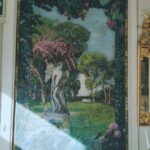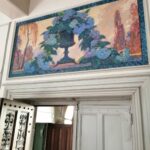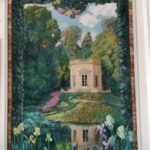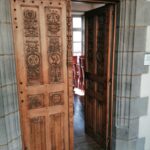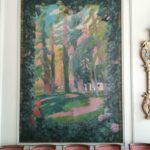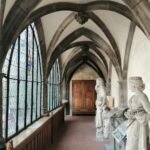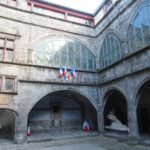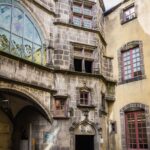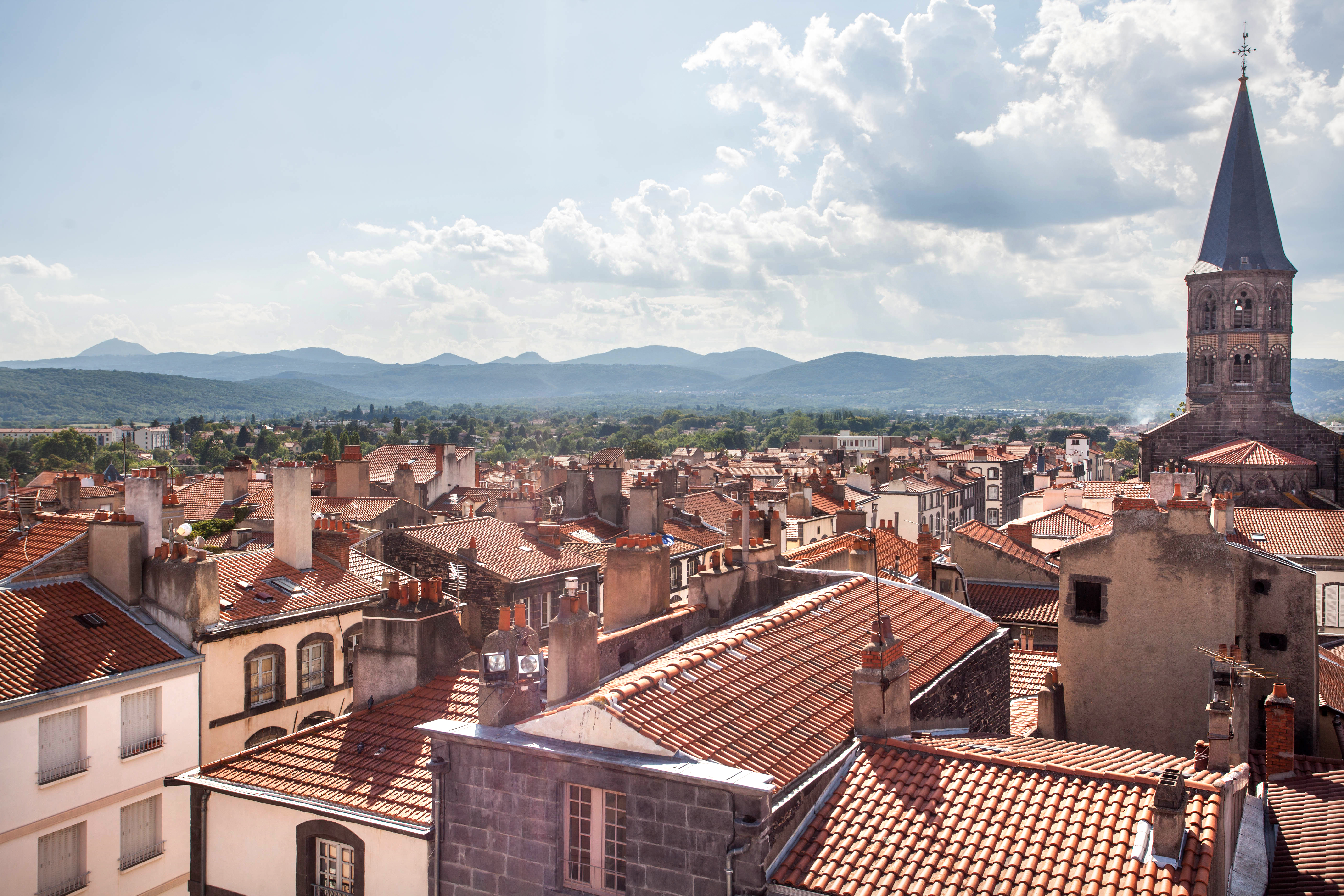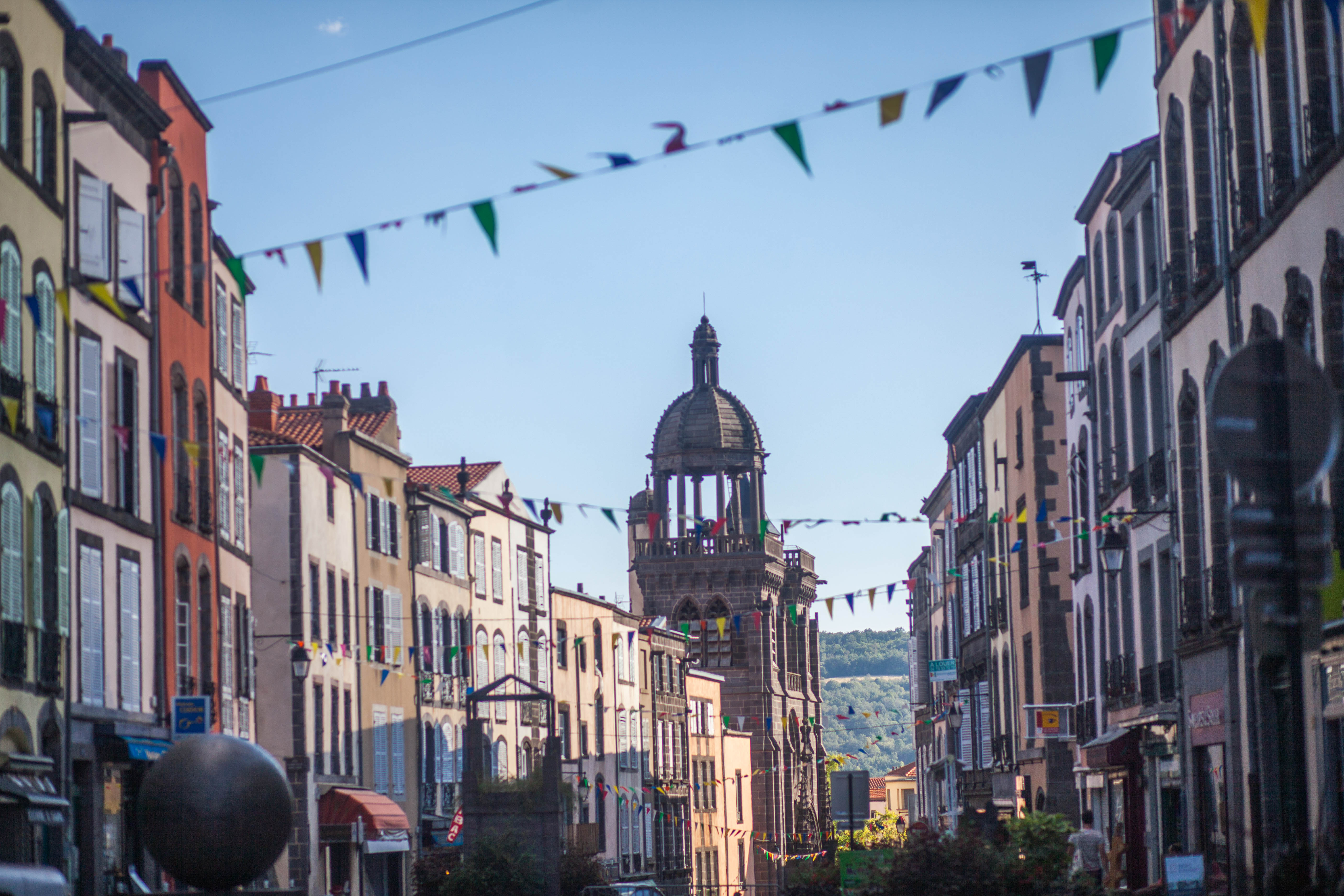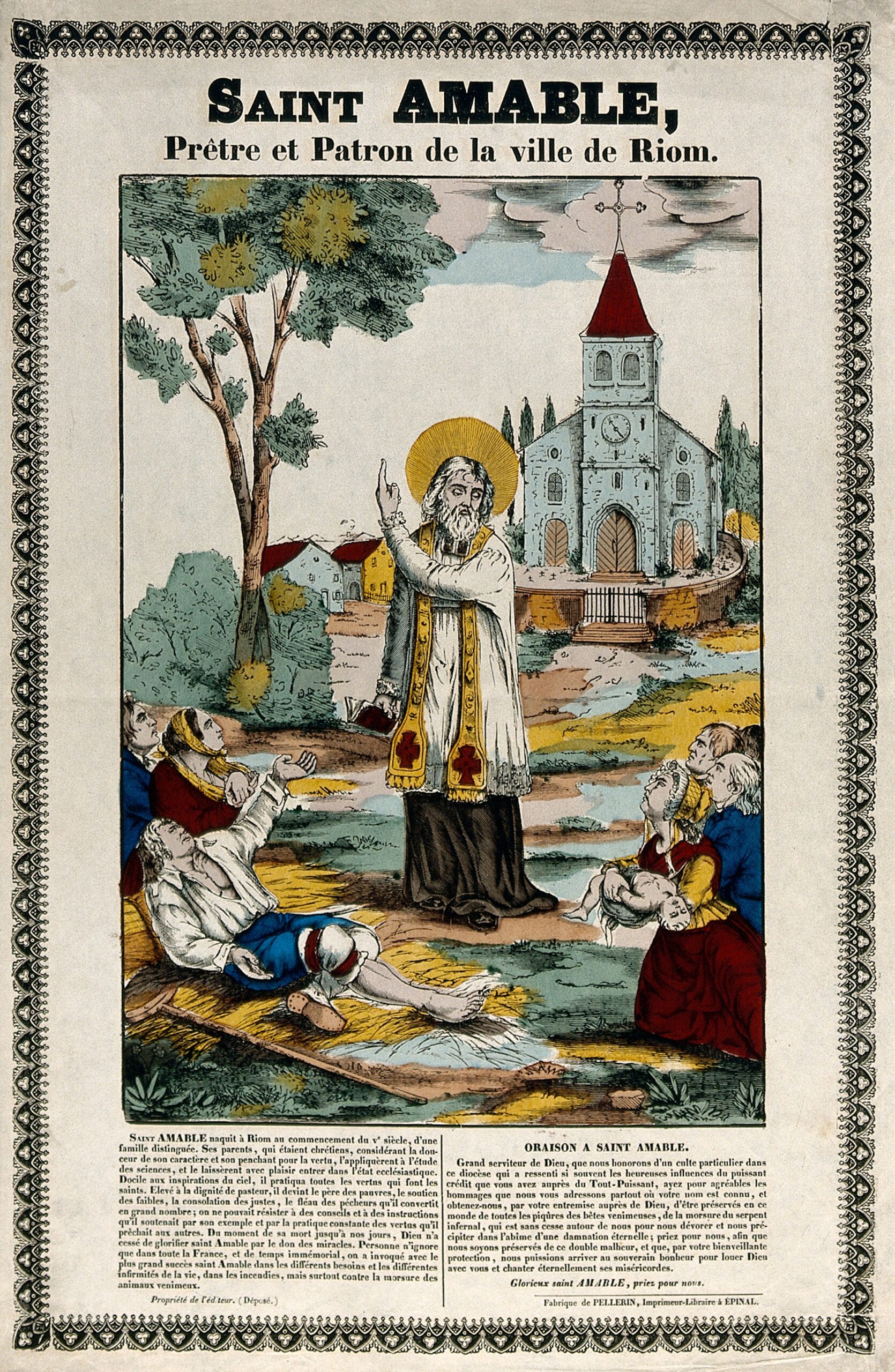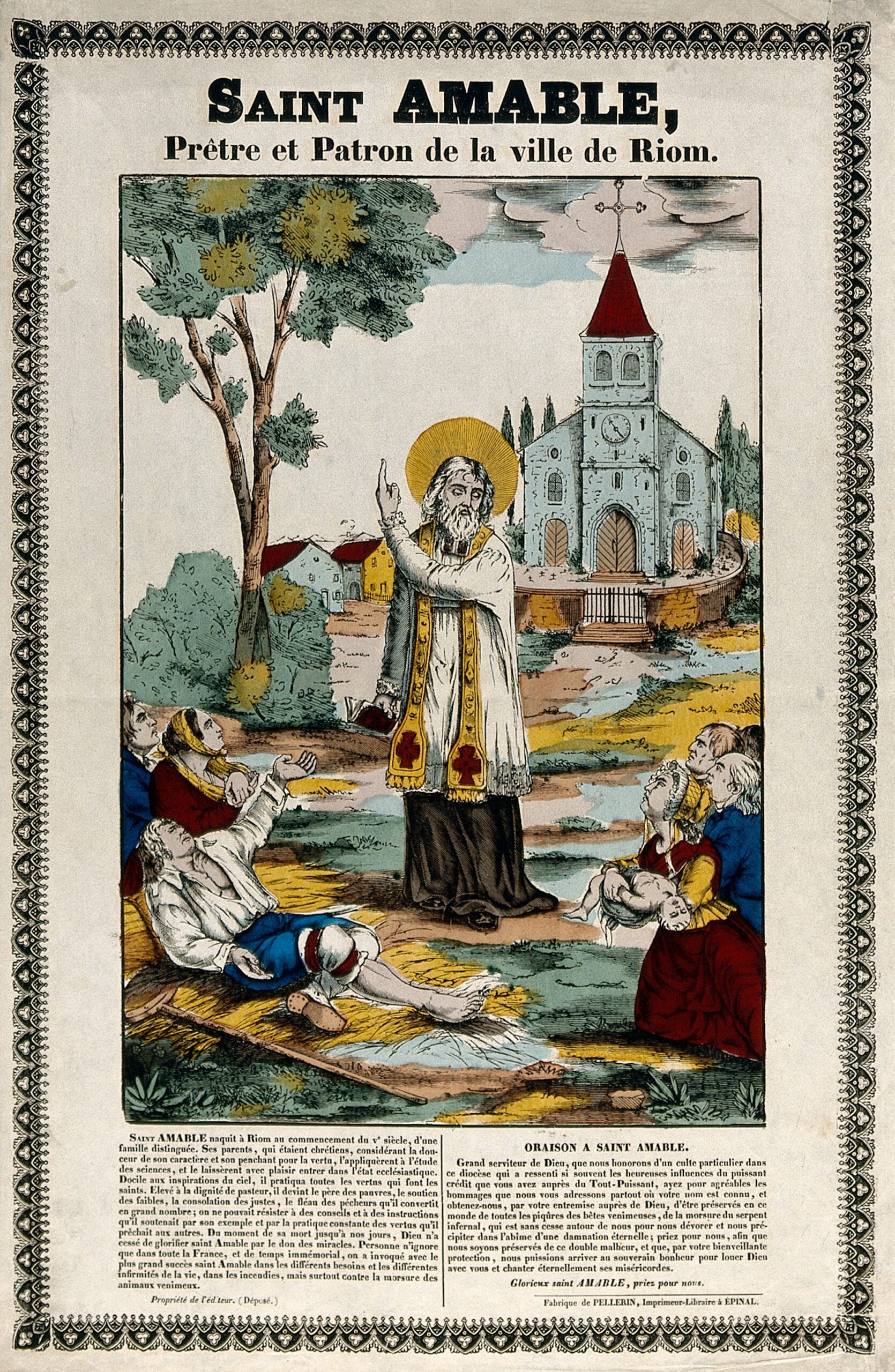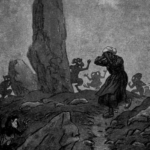Riom, thanks to its broad boulevards and bright open squares, struck us as the most cheerful and animated place we had seen in Auvergne ; and it has, besides, a great air of Renaissance elegance…
– Edith Wharton
Often overshadowed by nearby Clermont-Ferrand, Riom is a remarkably enchanting city that remains largely unknown outside France. Once the personal domain of French royals, Riom is now a place where art and architecture reign supreme. One French architect, writing in 1894 for Construction Moderne, couldn’t have put it better. Riom he said, is a “city of ancient architecture, perfectly characterised, original and truly Auvergnat”.
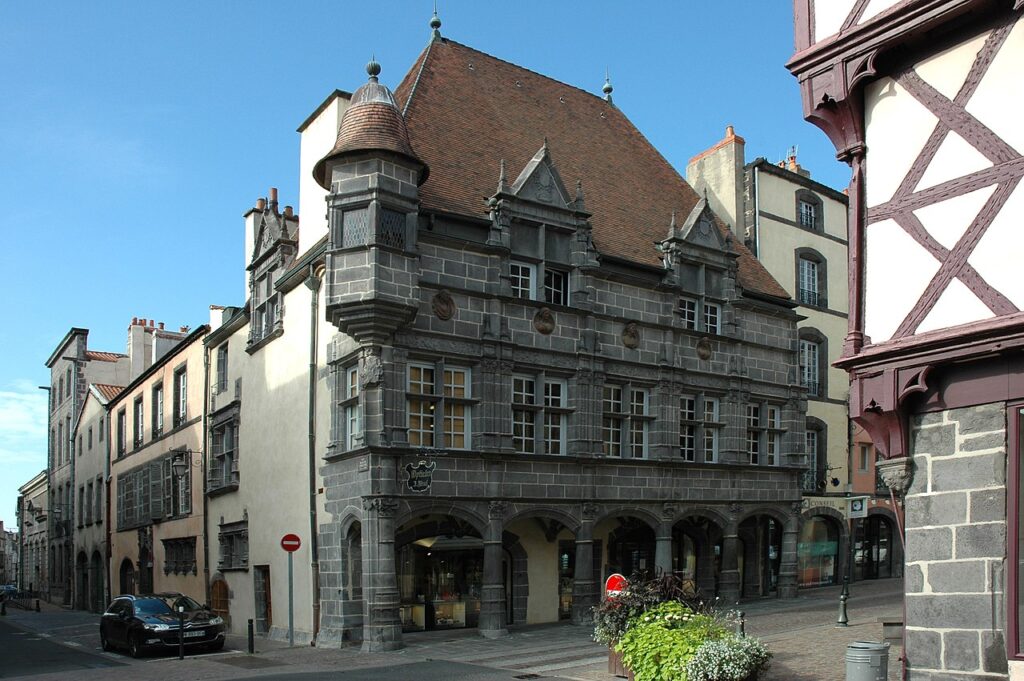
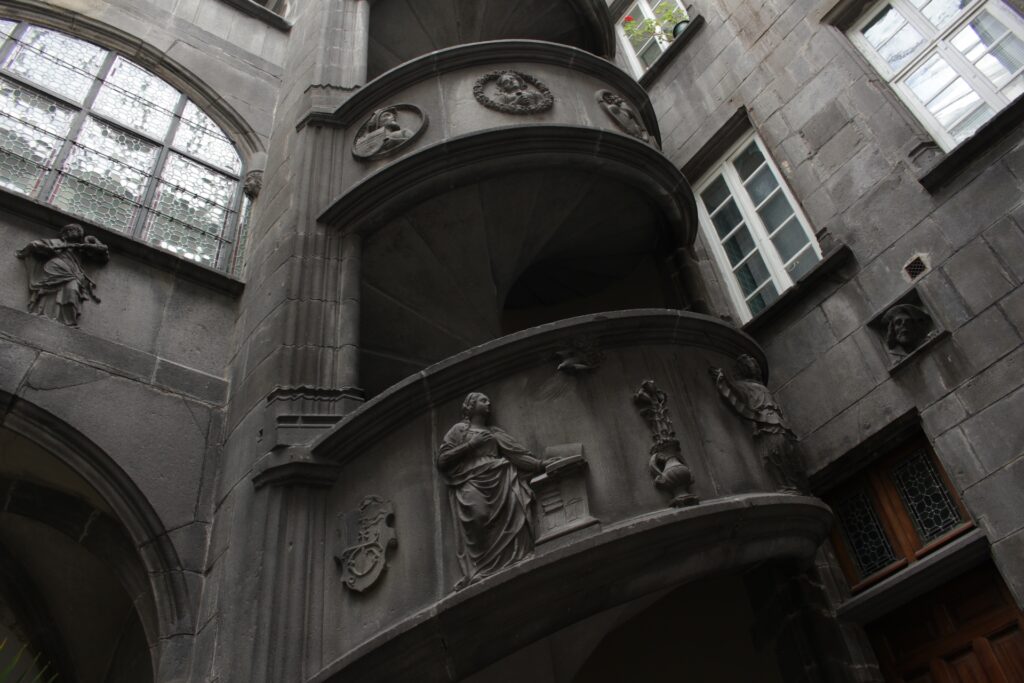
Everything, from its grey-black mansions to its austere-faced mascarons seems perfectly designed to catch the eye and arouse the spirit. Yet there’s more to Riom than its exterior attractions; beyond the city surface lies a world of hidden histories well worth exploring. Here’s five reasons why:
The Sainte-Chapelle Once Held Relics of the True Cross
Riom’s many-splendoured Holy Chapel or Sainte-Chappelle is the last vestige of the former ducal palace of Auvergne. From the mid-fourteenth century until the sixteenth century, Riom was a seat of the powerful duchies of Berry and Bourbon. Construction on the chapel commenced during the reign of Jean, Duke of Berry. Modelled after the Sainte-Chapelle in Paris, Riom’s chapel reportedly held fragments of the “True Cross” — the wooden cross on which Jesus Christ was crucified. Like so many others across France, these relics disappeared during the French Revolution. Today, the Sainte-Chapelle is the property of Riom’s Cour d’appel (Court of Appeal) and is only accessible on special occasions or with registered tour guides.
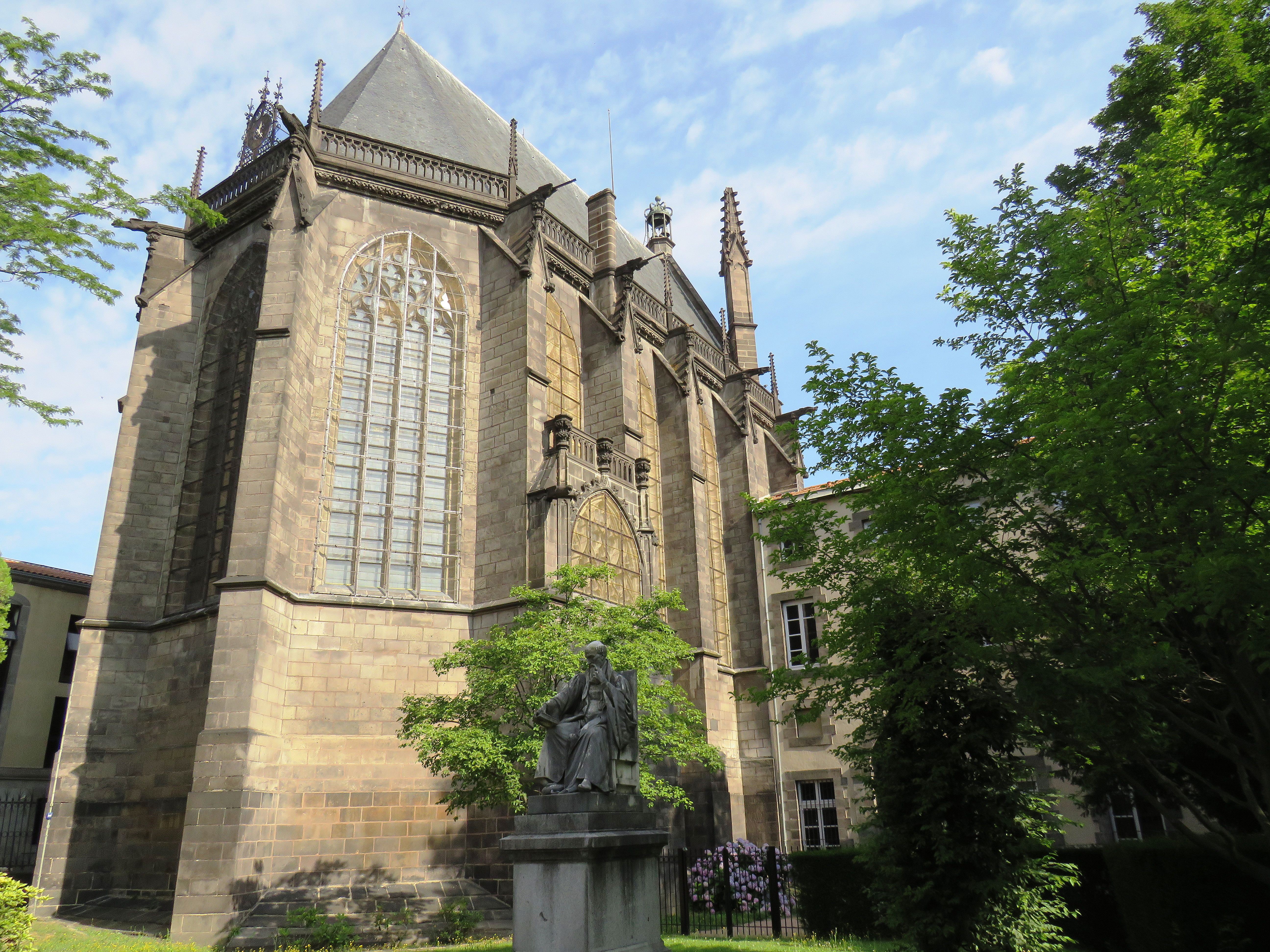


The Town Hall is an Underrated Work of Art
Reminiscent of the sixteenth century Hotel Fontfreyde in Clermont-Ferrand, Riom’s Hôtel de ville, or town hall, is a perfect example of the city’s darkly romantic architecture. The building itself is a mix of styles, but — as with many hôtel particuliers in Auvergne — the gothic elements outvie everything else. Everywhere there’s a playful contrast between light and shadow; in the ground floor loggia, original sculptures by Auguste Rodin and Raymond Léon Rivoire sombrely look out into the courtyard.




Contrarily, the upper gallery, with its stained glass windows, ornate boiserie, and a — quite apposite — statue of Apollo, has a mystic radiance not unlike the Sainte-Chapelle. All these spaces are open to the public. Occasionally, visitors are also granted access to the town hall’s salle de mariage (marriage room), a luminous, Louis XVI-style space furnished with gilded mirrors and floral-themed impressionistic paintings.
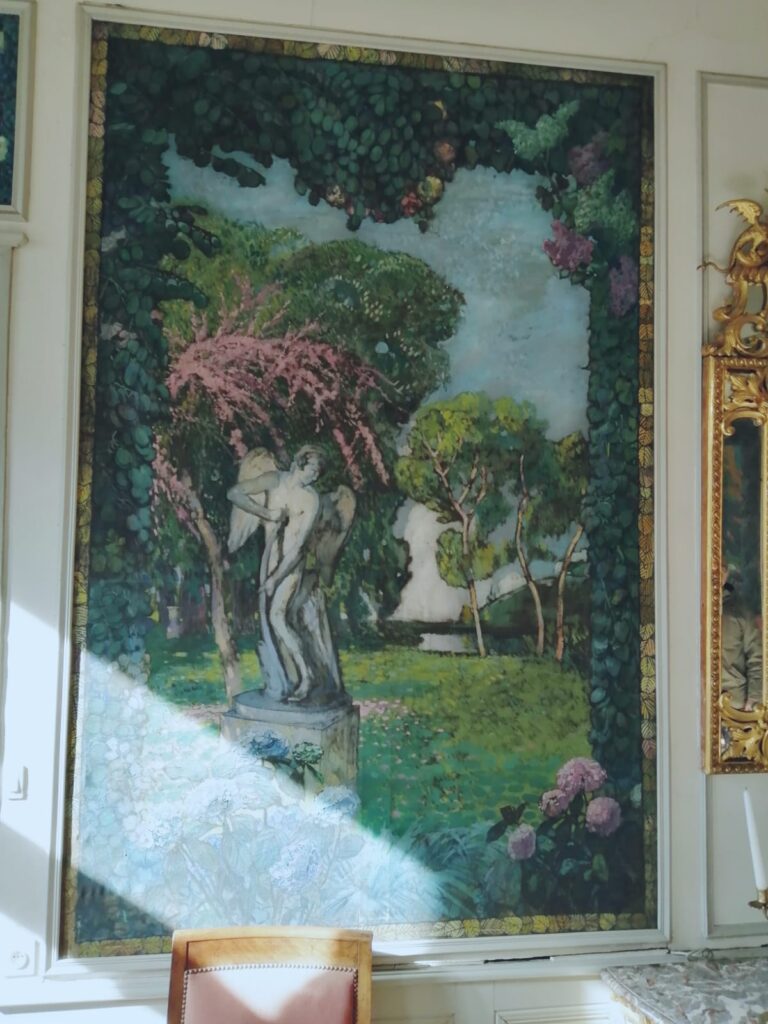

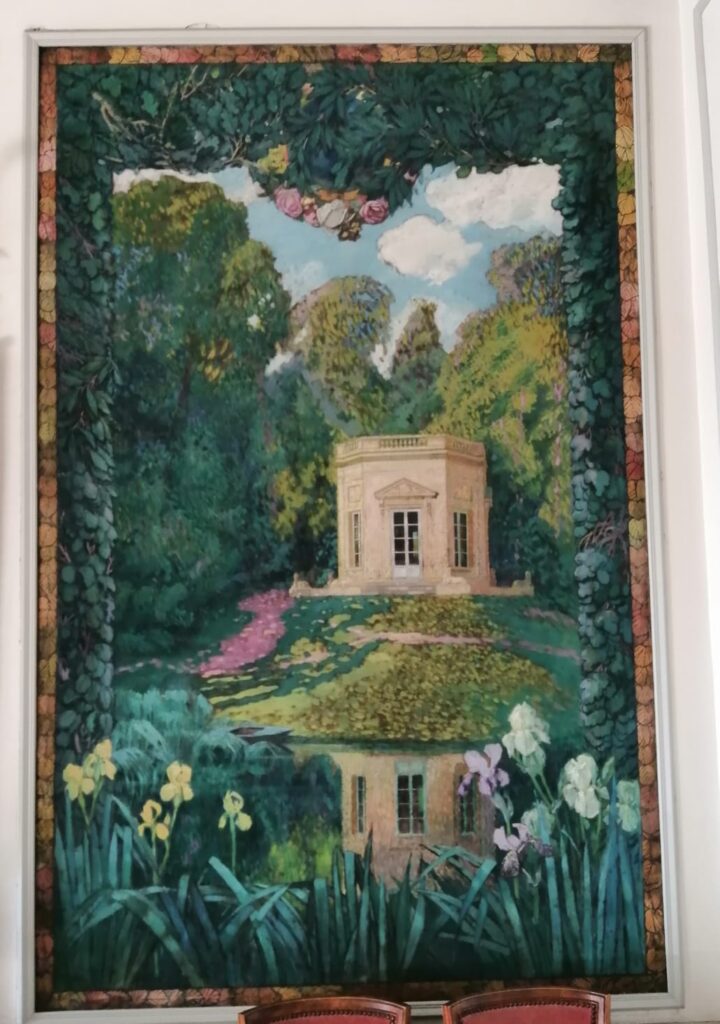
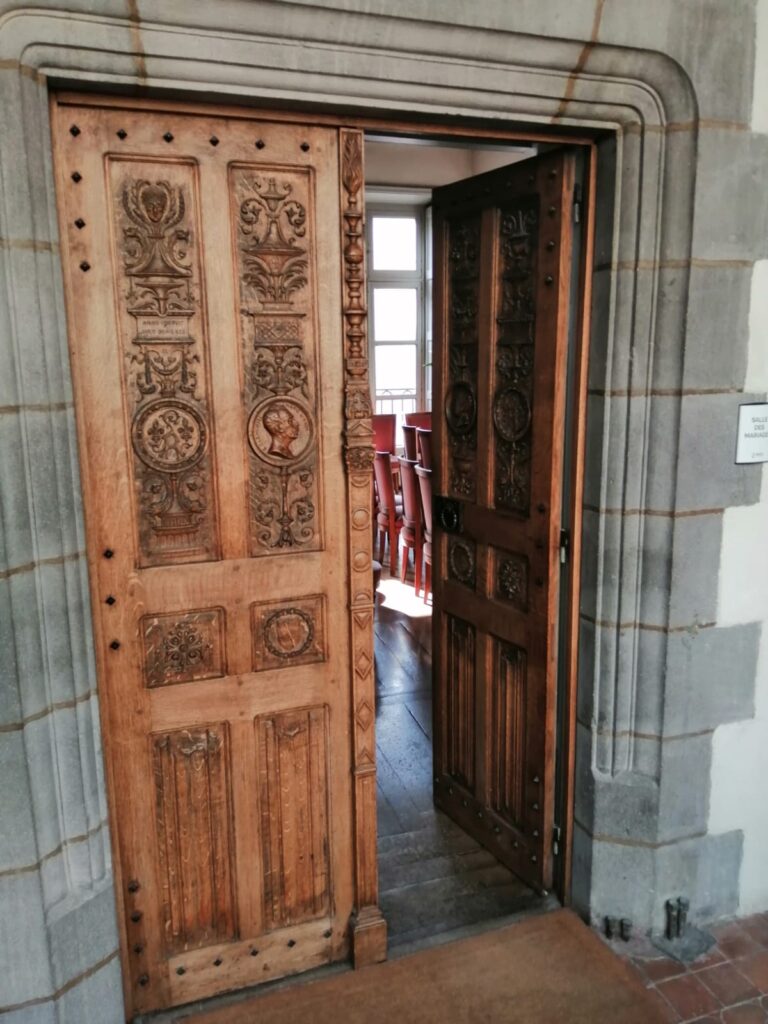
There’s a Deep History of Sorcery
During the sixteenth century, the ducal palace passed into the hands of Riom’s presidial court, a legal authority with extensive jurisdiction across Auvergne. This court had the power to put people to death, and some of those it condemned included various persons accused of sorcery and lycanthropy. Those executed at Riom include Vidal de La Porte (a magician who allegedly had the power to make “men and animals” impotent) as well as an unnamed noblewoman and accused werewolf from Cantal. Time has literally swallowed up much of these occult histories. Trials took place on the grounds of what is now Riom’s Court of Appeal, which was built in 1831. Prisoners were likely kept in the vicinity of what is now the court’s public gardens.
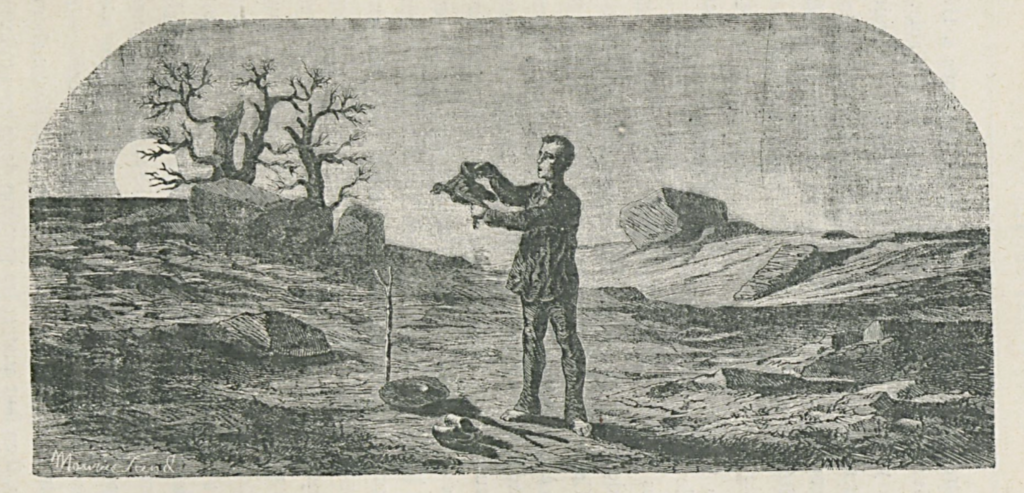
In the 1800s, Riom was also known for its folk magicians, one of whom — according to legend — was skilled in tracking down thieves. Other spellcrafters, however, apparently preferred working together. According to the nineteenth-century writer Lambert-Élisabeth d’Aubert, Count of Résie, Auvergnat sorcerers had a kind of secret society with Riom as its headquarters. One of the count’s informants — a minor magician himself — told him that Riom’s occult lodge was where all Auvergne’s werewolf- and wizard-hopefuls could request initiation into the dark arts.
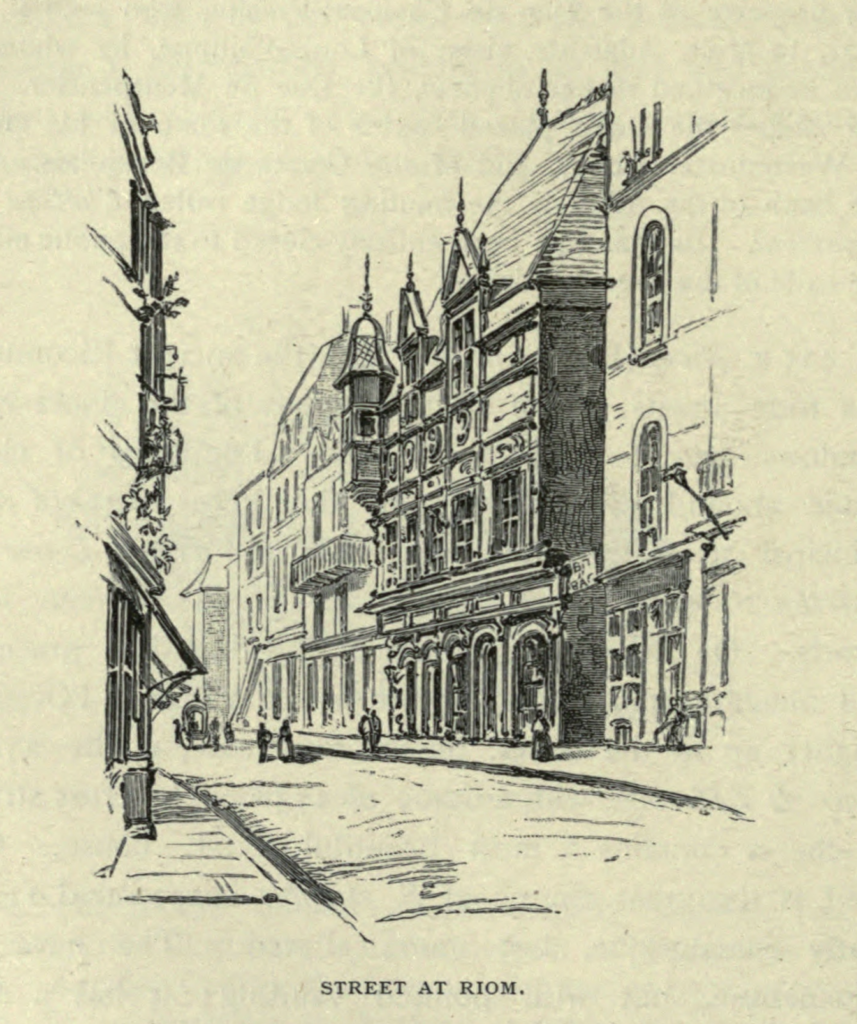
The Best View in Town is From a Centuries-Old Clocktower
Rising like a lone necromancer’s tower above the city’s red-tiled rooftops, Riom’s gargoyled Tour de l’Horologe is possibly its most iconic landmark, providing amazing views of the puy de Dôme and the surrounding Limagne. With origins that stretch back to the Middle Ages, the clocktower — much like the legendary salamander carved into its face — has ably withstood fire and other ravages of time. Guided tours, coordinated by Riom’s culture and tourism board, are offered regularly.
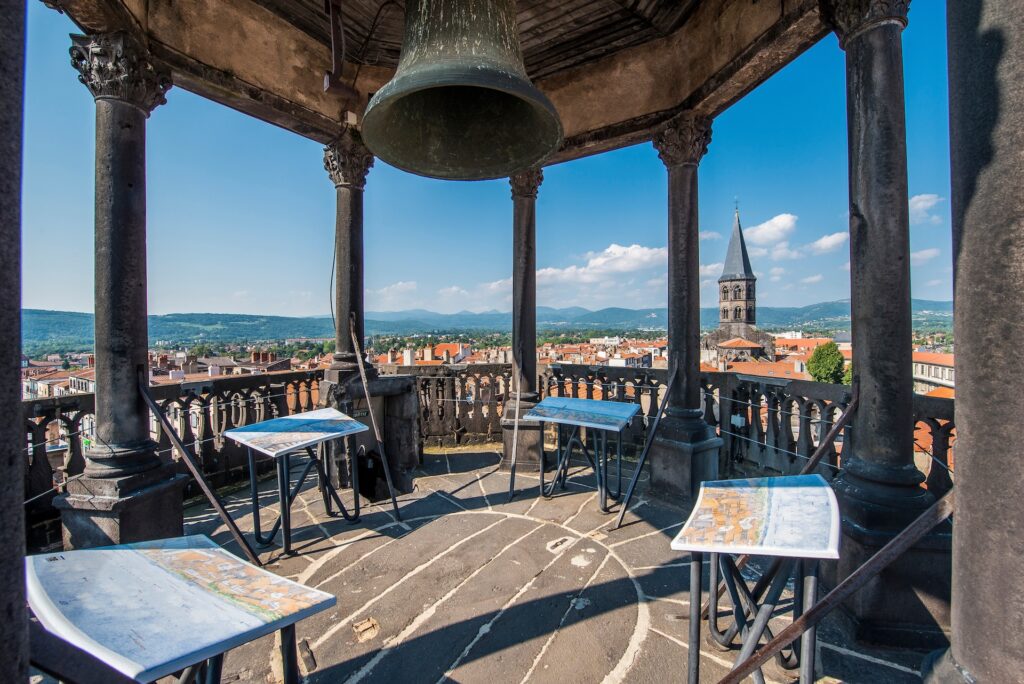


Riom Has its Own Superhero
Demigods and saints were certainly superheroes avant la lettre, so tales of their extraordinary and often comical deeds are legion. The traditional protector of Riom — and the patron of its basilica — is Saint Amable, a priest whose powers have been documented in a number of legends and anecdotes. In the early twentieth century, English writer Frances M. Gostling encountered some of these stories during her sojourns in Auvergne. The following excerpt, which summarises Saint Amable’s larger-than-life reputation, is from Gostling’s book, Auvergne and its People:
“In fact this Saint Amable has always been the popular hero of Riom. He was credited with extraordinary powers over serpents and other noxious beasts, and it is said that even to-day no snake ever comes within the bounds of the parish. I have read somewhere a curious story of a serpent-charmer, who brought some vipers into the town, and was about to exhibit them, when, just as he had opened the box in which they lay coiled, an old man was seen approaching. Instantly the snakes glided out, and made off as fast as they could in all directions. According to Riom belief, the old man was Amable, who, it is averred, has more than once appeared in this guise. On one occasion a servant who had stolen wine from a cellar near the church, found himself in the clutches of this mysterious old personage, and was beaten till he was covered with blood, but on confessing his fault he was immediately healed. Such is the saint whom the people of Riom glory in proclaiming as their patron.”




